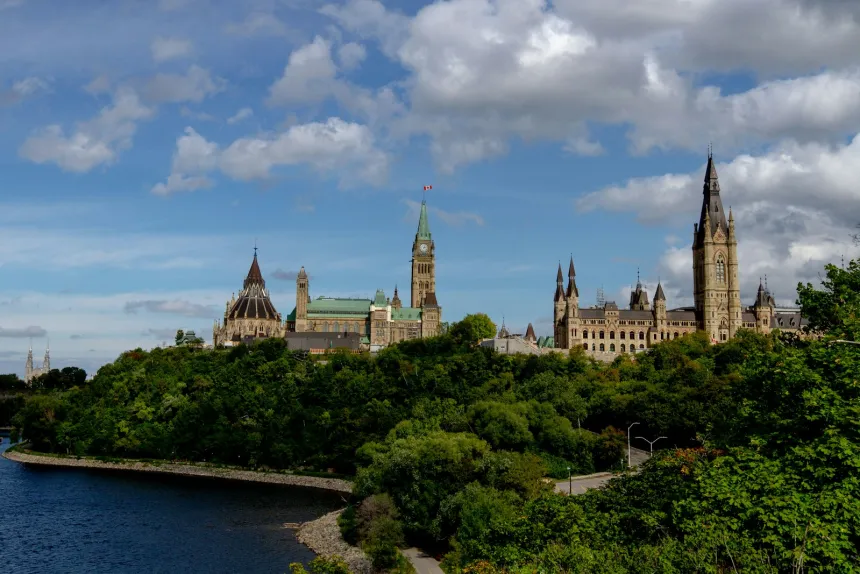Canada is heading to the polls on April 28 after newly sworn-in Prime Minister Mark Carney, the former central banker, called a snap federal election just weeks into his leadership of the Liberal Party. The decision followed rising political pressure in the wake of Justin Trudeau’s resignation and escalating economic tensions with the United States, particularly after President Donald Trump imposed sweeping tariffs on Canadian goods.
Under Canadian law, federal elections must be held every five years, but early elections can occur if the prime minister requests the dissolution of Parliament or resigns following a lost confidence vote. In this case, Carney advised the governor general to dissolve Parliament, triggering an accelerated campaign season.
Canadians do not vote directly for the prime minister. Instead, they elect local Members of Parliament (MPs) in 343 federal ridings. The leader of the party that wins the most seats typically becomes prime minister. The top contenders in this election are Carney for the Liberals, Pierre Poilievre for the Conservatives, and Jagmeet Singh representing the New Democratic Party (NDP). The Bloc Québécois and the Green Party are also fielding candidates.
The Liberal Party has governed since 2015, though it entered the election with only 153 seats—short of a majority. The Conservatives held 120, while the Bloc had 33, and the NDP had 24. Recent polling has shown a dramatic swing in support. At the start of 2025, the Conservatives held a commanding lead, but the Liberals have gained ground, now edging slightly ahead in national averages with over 40% support compared to just under 40% for the Conservatives.
Key issues dominating the campaign include Trump’s trade policies, inflation, housing affordability, and the overall economy. Voters are weighing which party is best equipped to respond to the external threats and internal challenges facing the country.
To cast a ballot, voters must be Canadian citizens, at least 18 years old, and able to show proof of identity and address. With the campaign in full swing, Canadians are preparing to make a pivotal decision that will shape the country’s direction in the face of growing global uncertainty.
Originally published on Weekly Voice

